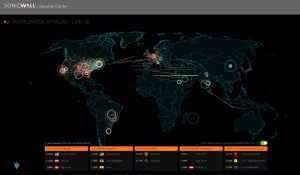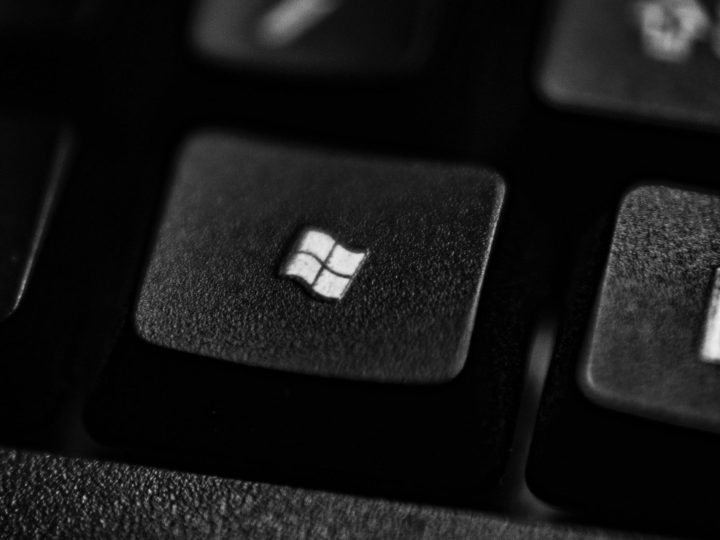
Cyber attacks are real, continuous and potentially affect every internet connected device.
The threat maps below each show different information about “real-time” attacks.
We are sharing these with the intention of informing clients not creating fear.
The threat maps generally show a few different types of of malicious activity:
-
- Scanning – these are remote computers probing routers and firewalls for vulnerabilities. These are almost entirely automated and very high volume, and typically come from computers that have been hacked/infected without the owner being aware (called “robot networks” or botnet for short). In our experience, almost every internet router is probed several times per day.
- Malware – these are attempted hacks of discovered vulnerabilities. Again, these are largely automated from botnets and are intended to either cause harm or benefit the hacker in some way – for example, ransomware, or adding more computers to their botnet.
- Denial of Service (DoS) – these are attempts to flood a target device with so much traffic that they effectively stop working – this is common with websites and firewalls/routers and is intended to disrupt operations.
- Phishing – these are attempts to deceive computer users in to revealing personal data that can be used for identity theft, or other attacks such as remote access to launch a ransomware attack
- Botnet – these are infected computers used by hackers as free resources for all types of malicious activity
- Cryptojacking –
The threat maps each show different activity:
-
- Bitdefender – attacks, infections and spam
- Spamhaus – botnet (infected computers used by hackers as free resources for cryptojacking, phishing, spam or other attacks)
- Radware – infections, phishing, cryptojacking
- Sonicwall – varied attack types
- Checkpoint – malware, phishing
All Is Not Lost!!
Whilst these live attack maps show a very real and concerning level of threat across the globe, there are also a plethora of protection options available.
Computer security, much like home security, is an investment, and it’s important to spend your money on the protection options and levels that fit your needs – from basic anti-malware protection (window locks), to guard dogs (automated monitoring) to real-time monitoring by humans (security guards)…there are solutions to suit every need and budget!








